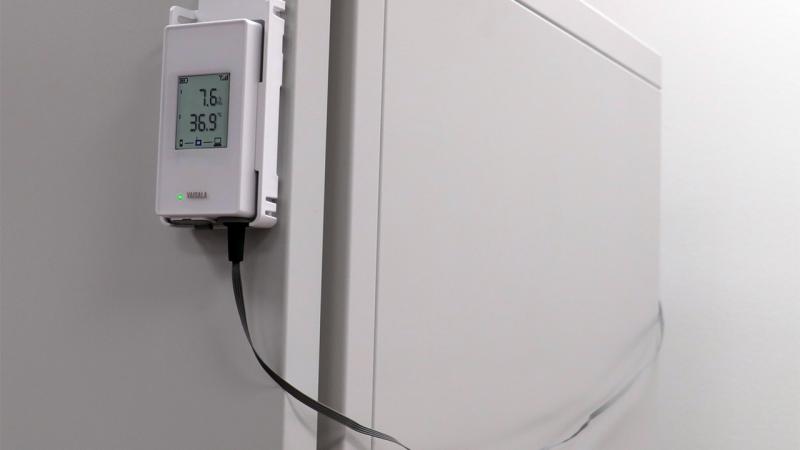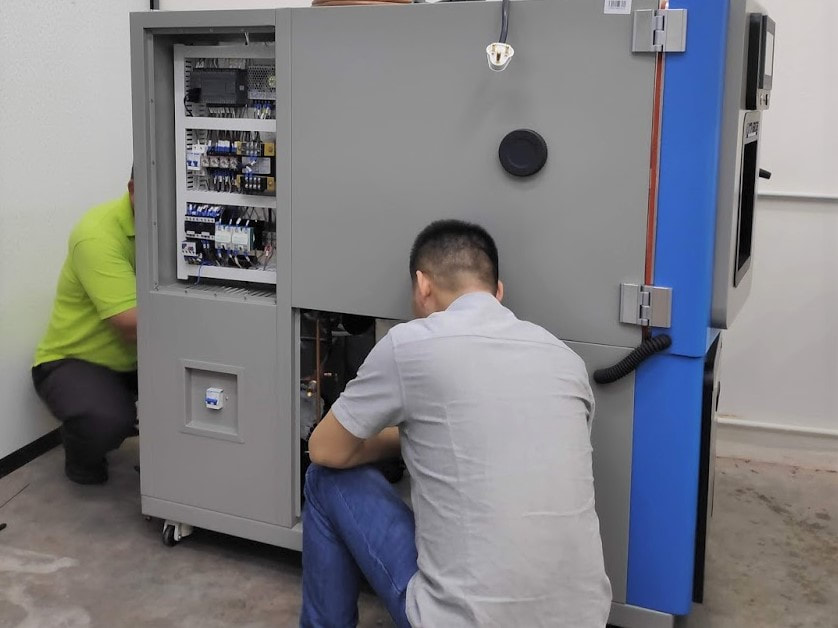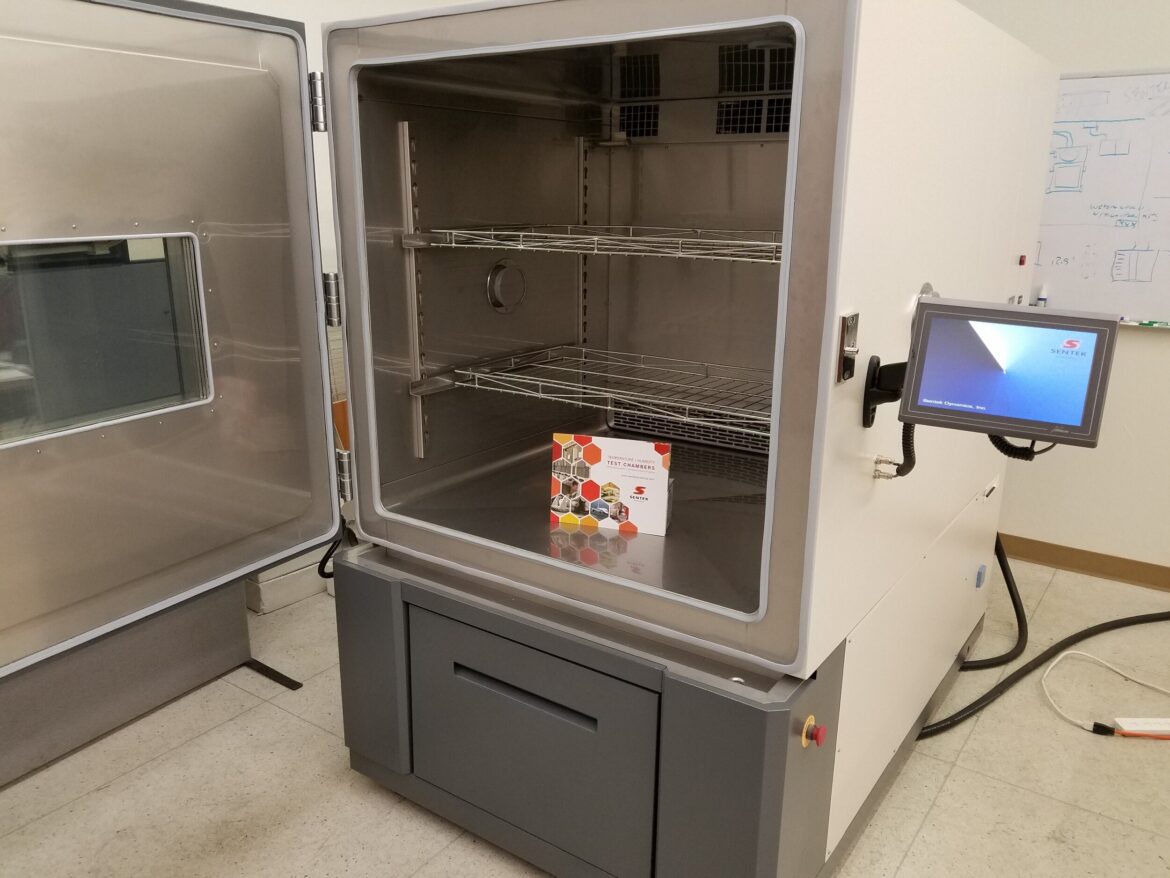In this article, we are exploring the importance of environmental control and how it can be mastered through constant temperature and humidity chambers. Environmental control is an essential element in a variety of industries, from research laboratories to manufacturing plants.
It is necessary to ensure that products are produced under optimal conditions for reliable quality assurance. Constant temperature and humidity chambers provide a controlled environment for conducting experiments or producing goods with consistent results every time.
Understanding the importance of environmental control helps us better understand how these chambers work to create precise conditions for various applications. This article will explore the concept further by delving into the details behind mastering environmental control using constant temperature and humidity chambers.
Understanding Temperature, Humidity, and Air Quality in a Chamber
As the demand for precision environmental control increases, it is important to understand certain key elements that go into this process. Temperature, humidity, and air quality are all integral components when mastering an environmental chamber. Temperature can be regulated by a heating element or cooling system to maintain a constant environment within the chamber.
Humidity levels must also be monitored to ensure that they remain at optimal levels for whatever material or experiment is being conducted inside the chamber. Air quality likewise must be taken into account as pollutants such as dust particles and other airborne contaminants can interfere with test results if not kept under control.
When it comes to achieving precise temperatures, humidity levels and air qualities in an environmental chamber, knowledge of how these different factors interact with one another is essential. For instance, the increasing temperature may decrease relative humidity while rising relative humidity could lead to decreases in temperature; understanding how these elements interact allows users of chambers greater control over their environment.
Additionally, knowing what types of filters or ventilation systems are needed can help keep pollution from entering the chamber while still allowing enough oxygen for tests to run properly without any interference from outside sources. In conclusion, mastering an environmental chamber requires both technical know-how and comprehension of various parameters such as temperature, humidity, and air quality which often interact with each other in unique ways requiring special attention and care from those using them so that accurate readings can be achieved consistently throughout experiments conducted inside them
Utilizing Environmental Monitoring Devices for Accurate Measurement

Source: www.vaisala.com
The use of environmental monitoring devices is essential for ensuring the accuracy and precision of constant temperature and humidity chambers. From automated data collection to real-time reporting, these instruments provide an invaluable way to measure key parameters such as air pressure, relative humidity, and temperature within the chamber.
By providing more reliable readings than manual methods, environmental monitoring devices help organizations reach their desired performance goals with greater speed and efficiency. Furthermore, they allow users to track changes in environmental conditions over time for a better understanding of how those conditions affect system output.
With this information at hand, organizations can make adjustments quickly to ensure that their chambers are performing optimally. Ultimately, utilizing effective environmental monitoring devices leads to improved results when it comes to mastering control of climate-controlled environments such as constant temperature and humidity chambers.
Implementing Effective Strategies for Mastering Environmental Control
When it comes to mastering environmental control, there are a few key strategies that should be adopted. First and foremost, an understanding of the principles behind temperature and humidity control is essential.
This means learning about the different types of chamber technology available, as well as gaining insight into how best to set up a chamber for optimal performance. Additionally, keeping thorough records of environmental conditions throughout the process will help ensure accuracy and consistency when attempting to achieve desired results from the chambers.
Finally, having an effective maintenance plan in place can help keep both chambers and their associated equipment running smoothly over time while also allowing for quick troubleshooting if any issues arise during operation or calibration. By taking these steps with care and precision, achieving success with temperature and humidity chambers becomes much more achievable.
Troubleshooting Common Issues with Constant Temperature and Humidity Chambers

Source: www.testlabs.my
Ensuring a constant temperature and humidity within a chamber is critical for many industrial processes. However, issues can arise unexpectedly due to environmental conditions or improper maintenance.
This article will explore some of the most common problems that occur when using such chambers, as well as possible solutions to those issues. The first problem that may be encountered is related to temperature control.
If the chamber temperature fails to remain steady, it could indicate an issue with the heating element or thermostat calibration. To troubleshoot this issue, check all wiring connections and ensure they are secure before attempting calibration of the thermostat if needed.
Additionally, you should also inspect any insulation around the chamber walls to make sure no air leaks are present which might disrupt internal temperatures. Another potential problem is rapid fluctuations in humidity levels within the chamber environment. This could be caused by inadequate ventilation or insufficient dehumidifier capacity for larger chambers where more moisture must be removed from the air continuously over time.
To address this issue, it may help to install additional dehumidifiers or consider increasing the airflow rate through proper venting methods so enough moisture can be exhausted out of the system quickly enough without causing abrupt changes in relative humidity levels inside of it. Finally, one other issue worth noting is related to condensation forming on interior surfaces due again either from high relative humidity levels or low temperatures (or both).
If condensation forms on walls often there isn’t much else that can be done aside from simply increasing ambient room temperature; however, depending on what type of materials are being stored inside this might not always be a feasible solution given how delicate certain items may need specific climate conditions in order stay safe. Ultimately, the best way to prevent these types of situations from happening is to make sure regular checks and maintenance procedures are performed regularly throughout the life cycle of operational use of your constant temperature/humidity chambers.
Conclusion
In conclusion, Temperature and Humidity Chambers offer a convenient and reliable way to control the environment within an enclosed area. This is especially important in industries where precision environmental conditions are essential for product quality or safety.
Mastering the use of these units can help ensure that all products meet their desired specifications, while also helping to protect workers from hazardous working environments. With proper operation and maintenance, Temperature and Humidity Chambers can provide users with precise temperature and humidity control for years on end.

Source: cryostarindustries.com

